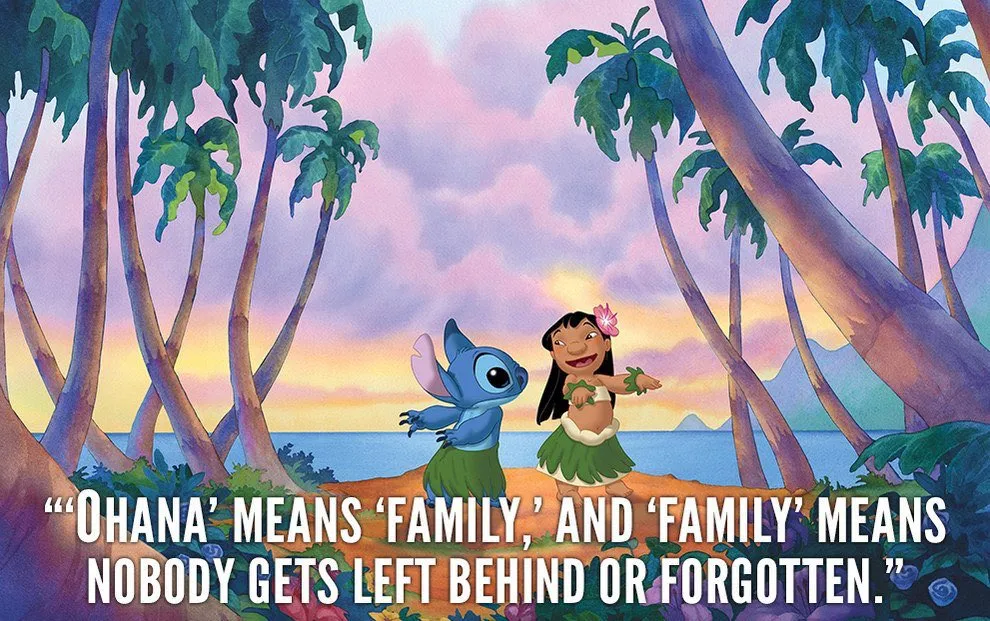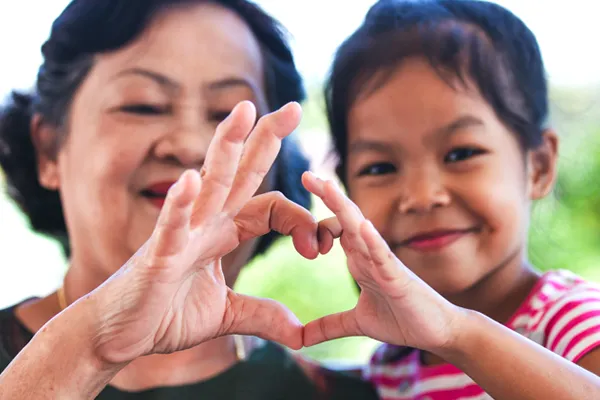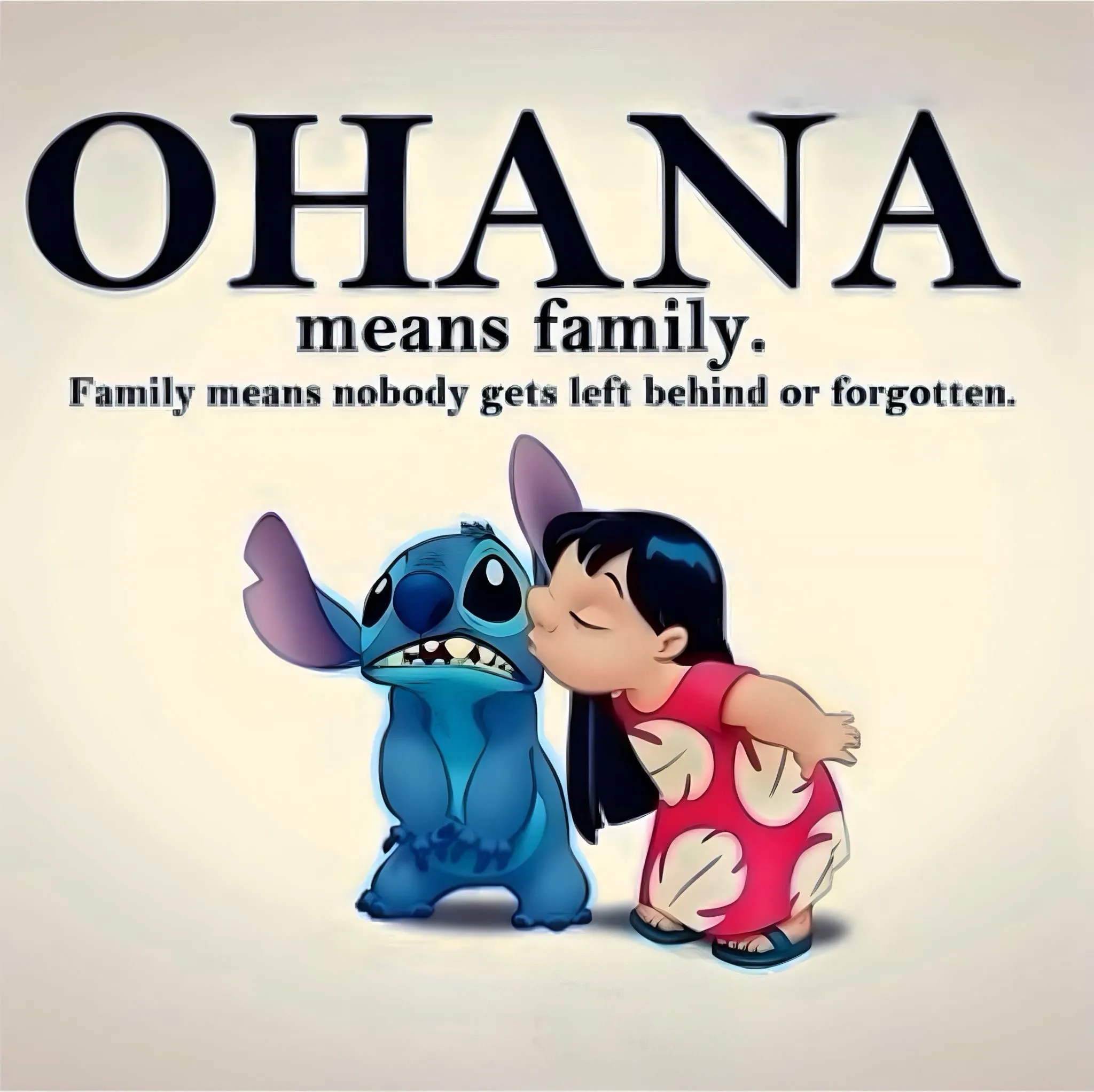Table of Contents
In Hawaiʻi, few words carry as much depth and warmth as ʻohana (pronounced oh-HAH-nah). At first, it might seem like a simple translation of “family,” but within Hawaiian culture, ʻohana represents far more. It’s a way of life — a bond that extends beyond bloodlines, encompassing community, land, and shared responsibility.
Roots of ʻOhana: From the Kalo Plant to Connection
The word ʻohana comes from ʻoha, the shoot or offshoot of the kalo (taro) plant, and the suffix -na. In Hawaiian tradition, kalo is sacred — it’s considered the ancestor of the Hawaiian people. According to legend, the first child of the gods became the kalo plant, while the second became the first human being. This story symbolizes that all people are connected through the same root system, much like the shoots of a single taro plant.
This understanding of shared roots shapes how Hawaiians view family and community. Just as each taro shoot depends on the same root for nourishment, people rely on one another for strength, identity, and survival. ʻOhana is not just who you live with — it’s everyone who grows from the same foundation of love, respect, and connection.
What ʻOhana Truly Means
In Western culture, “family” often refers to the nuclear unit — parents and children. In Hawaiian life, ʻohana is much broader. It includes extended family, close friends, and even those who are embraced through love or care, not just ancestry.
Many Hawaiian families live in multi-generational homes, where grandparents, parents, and children share the same space. These living arrangements create strong bonds, where elders pass down wisdom and traditions, and younger generations learn to care for both people and land.
ʻOhana also extends to hānai relationships, where someone is taken in or raised by another family. This type of adoption — formal or informal — is a long-standing part of Hawaiian culture. Through hānai, the circle of ʻohana continues to expand, reminding everyone that family is not defined by blood, but by the love and responsibility we choose to share.
In modern Hawaiʻi, this sense of belonging goes beyond the household. Neighbors, friends, and even visitors can become part of an ʻohana when they are treated with respect and kindness. It’s a reminder that everyone has a place — and that everyone matters.

Living the ʻOhana Spirit
ʻOhana is more than a concept — it’s something to live every day. To be part of an ʻohana means to look out for one another, support each other through challenges, and celebrate together in times of joy.
At its core, ʻohana carries several values deeply woven into Hawaiian life:
- Mutual care: Family members take responsibility for one another’s well-being — physically, emotionally, and spiritually.
- Respect for elders (kupuna): The wisdom of older generations is honored, and their guidance helps maintain cultural balance.
- Stewardship of the land (ʻāina): Since the kalo plant and the land are considered part of the same family, caring for nature is seen as caring for one’s ʻohana.
- Inclusion: ʻOhana isn’t exclusive — it grows whenever you show aloha (love and compassion) to others.
This mindset is why the saying “ʻOhana means family, and family means nobody gets left behind or forgotten” resonates so deeply. It’s not just a phrase — it’s a promise.
ʻOhana in Today’s Hawaiʻi
Even in modern times, ʻohana remains the heartbeat of Hawaiian culture. In times of hardship, families and communities come together, providing food, shelter, and support to those in need. You can see it in how communities rally during natural disasters, or how neighborhoods unite to care for elders and children.
The influence of ʻohana even appears in everyday life — from housing to hospitality. Many homes have “ʻohana units,” small dwellings designed for extended family members to live close by. This reflects the value of staying connected across generations.
In tourism and local life alike, visitors often hear locals say, “Welcome — you’re part of our ʻohana now.” It’s more than a greeting; it’s an invitation into a circle of care, respect, and belonging that defines what it means to live with aloha.

Living ʻOhana Wherever You Are
ʻOhana isn’t limited to the islands — it’s a perspective anyone can embrace. You can live with the spirit of ʻohana by treating others with compassion, lending a helping hand, and respecting the world around you.
Here are a few simple ways to carry the ʻohana spirit into your daily life:
- See others as family: Approach people with empathy and openness, not judgment.
- Give and share: Whether it’s time, food, or knowledge, giving strengthens the bond between people.
- Stay connected: Keep in touch with loved ones, even across distance. ʻOhana doesn’t end when people move away.
- Respect the land: Caring for nature honors the same life force that connects all living things.
When you live with this mindset, you help nurture communities that thrive on kindness and unity — much like the Hawaiian islands themselves.
A Lasting Message
ʻOhana is one of Hawaiʻi’s greatest gifts to the world — a reminder that we are all connected. It’s about recognizing that family is not only who we are born to, but also who we grow with, love, and support. It’s about caring for each other and the planet we share.
So the next time someone calls you part of their ʻohana, take it to heart. It means you belong — to a network of love, loyalty, and life that stretches far beyond the horizon.
References & Further Reading
- Office of Hawaiian Affairs – ʻOhana
- Collections of Waikiki – The Meaning of ʻOhana
- Ola Properties – ʻOhana and Hānai Explained
- Hawaiian Planner – The Real Meaning of ʻOhana
- Wehewehe ( Hawaiian Dictionary ) - ʻOhana
Frequently Asked Questions
1. What is the deeper meaning of ʻohana in Hawaiʻi?
ʻOhana goes beyond the Western idea of “family.” It represents a way of life rooted in love, respect, and shared responsibility. ʻOhana includes not just blood relatives but friends, neighbors, and community members who care for one another like family.
2. Where does the word ʻohana come from?
The term ʻohana originates from ʻoha, meaning the offshoot of the kalo (taro) plant, combined with the suffix -na. In Hawaiian tradition, the kalo plant symbolizes humanity’s shared roots — a reminder that all people are connected like shoots from the same taro root.
3. How does ʻohana differ from the Western idea of family?
While Western families are often nuclear, Hawaiian ʻohana includes extended relatives, close friends, and even those brought in through love and care rather than blood. This inclusivity is seen in practices like hānai adoption, where families take in others as their own.
4. What values define the spirit of ʻohana?
ʻOhana embodies core Hawaiian values such as mutual care, respect for elders (kupuna), stewardship of the land (ʻāina), and inclusion. Living with the ʻohana spirit means ensuring no one is left behind — emotionally, spiritually, or physically.
5. How does ʻohana show up in modern Hawaiian life?
ʻOhana remains central to life in Hawaiʻi today. Families often live in multi-generational homes or ʻohana units that keep loved ones close. Communities unite in times of hardship, and even visitors are often welcomed as part of the ʻohana, reflecting the islands’ deep sense of hospitality and aloha.
6. Can people outside Hawaiʻi live with the ʻohana spirit?
Absolutely. ʻOhana is a universal value that can be practiced anywhere. You can live with ʻohana by treating others with kindness, giving generously, staying connected with loved ones, and respecting the environment — the same land and life that sustain us all.
7. What is the lasting message of ʻohana?
ʻOhana reminds us that we are all part of one family — connected by love, responsibility, and the shared rhythm of life. It’s a call to care for one another and the world around us, ensuring that no one is left behind or forgotten.
If you would like to read and learn more about interesting things in Hawaii! Check out our blog page here on our website!
or
